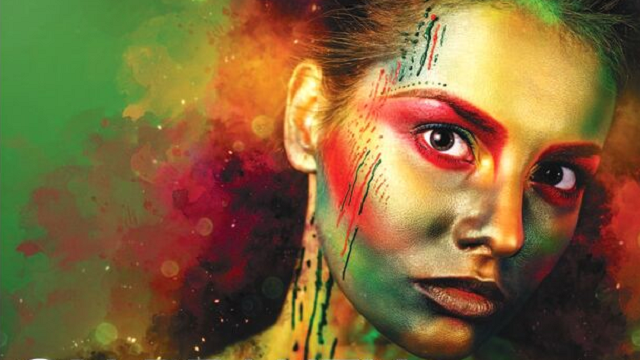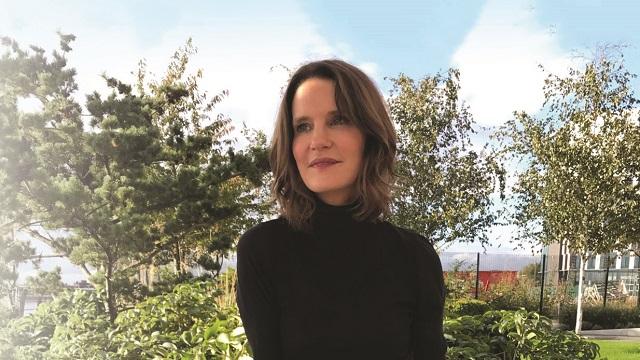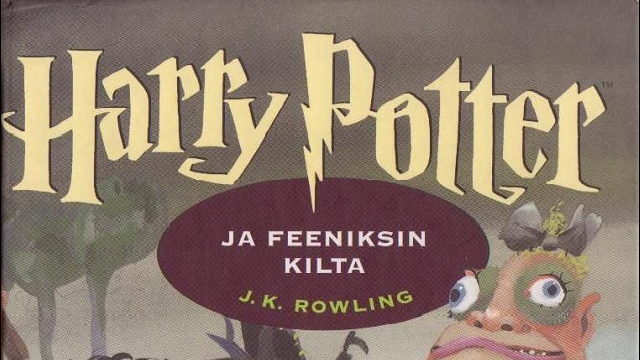-
QUALIFICATIONS
- For Linguists Worldwide
- For UK Public Services
- Preparation
- Policies & Regulation
-
MEMBERSHIP
- Join CIOL
- Membership grades
- NEW for Language Lovers
- Chartered Linguist
- Already a member?
- Professional conduct
- Business & Corporate Partners
-
ASSESSMENTS
- For Second Language Speakers
- English as a Second Language
-
EVENTS & TRAINING
- CPD, Webinars & Training
- CIOL Conference Season 2025
- Events & Networks
- CIOL Mentoring
-
NEWS & VOICES
- News & Voices
- CIOL eNews
- CIOL Awards
- The Linguist
- Jobs & Ads
-
RESOURCES
- For Translators & Interpreters
- For Universities & Students
- Standards & Norms
- CIOL & AI
- All Party Parliamentary Group
- In the UK
- UK Public Services
- Find-a-Linguist
On beauty
By Debbie Garrick
 Debbie Garrick takes us inside the varied, evolving and growing field of cosmetics and skincare translation
Debbie Garrick takes us inside the varied, evolving and growing field of cosmetics and skincare translation
The cosmetics industry is worth billions worldwide. Germany, the UK and France are the biggest consumers of cosmetics and personal care items in Europe,1 and with €79.8 billion in retail sales in 2019, Europe is the largest cosmetics market in the world. So when it comes to translation, the beauty industry is worth investigating.
Most people imagine glossy adverts when they think of cosmetics translation and this is one area of the field, but there are many more. These include skincare, make-up and body care; holistic therapies; and, in more recent times, semi-permanent make-up and injectables. It’s a constantly evolving industry and there are many types of company and product, each with its unique brand identity – from famous luxury brands to smaller indie companies and, over the last few years, quirky, eco-friendly brands.
Translation-wise this makes for a fascinating industry as there are so many types of content. Companies need product descriptions, user instructions and marketing materials such as social media posts, print and video ads, and websites. Where cosmetics translation stands apart is in its blend of technical and creative content.
The technical side comes from the science behind the products. There is a fine line to weave between science and marketing: the research and science are what make people believe the products are worth investing in, but how you word that information is what makes the product sell. Although you need to be technically accurate, you aren’t translating for a scientific audience, so you need to make it relatable and appealing, while packing a lot of information into a small space. As with any marketing copy you need to know the brand well and work with their tone of voice, image and target market. A luxury cosmetics company is going to use very different language to an eco-conscious company producing shampoo bars and reusable wipes.
It’s important to keep up with what’s happening in the industry, so you are aware of the latest trends, neologisms and ingredients. Reading magazines and signing up to online newsletters from my favourite cosmetics companies in all three of my languages helps. Popular ingredients in 2020 included hyaluronic acid, retinol and ceramides, and more natural ingredients like activated charcoal and matcha. Many are similar in my source languages (French: acide hyaluronique; Spanish: ácido hialurónico), but ‘activated charcoal’ is often charbon actif in French – literally ‘active charcoal’, which we don’t really see in English.
During the pandemic, skincare sales have surged while make-up has been less in demand. Injectables are expected to grow further this year, and online consultations are becoming more popular. I recently worked on localising video ads for a US make-up company that uses an online questionnaire to match your correct shade of foundation. My biggest challenge in US>UK localisation is usually how to make the actors sound a little more understated. ‘Sooooo cute’ and ‘I look amazing’ become ‘I really like it’ and ‘it’s amazing’.
With product descriptions you have to take regulations around labelling into account. Statements must be legal, truthful, fair and supported by evidence. As a creative translator you have to take care not to stray too far from the source text or make unreasonable claims.
While working on product descriptions for a haircare brand that was launching in the US I had to add provisos (highlighted in bold), such as ‘contributes to increasing’ and ‘can improve’, due to differing legal responsibilities in the source and target regions. Conçu pour protéger et réparer became ‘specially formulated to help protect and repair’. Although you are unlikely to have sole responsibility for such claims, as a good company will have a system in place to ensure they comply with the rules, being aware of the requirements means your client won’t have to re-write every description you’ve translated.
Choice of language
2020 saw the appearance of #Maskne on social media (acne or skin issues caused by mask-wearing). Neologisms crop up frequently and they are often in English. Although this makes life easier for translators into English, I sometimes imagine how fun it must be for translators into other languages. I would relish the chance to create a new word for a new type of cosmetic treatment.
Compounds frequently appear in descriptions, often relating to the effectiveness of a product, as a creative way of getting a lot of information into a small space: ‘pore-minimizing’ (réducteur de pores), ‘skin-tightening’ (reserrement de peau). As you can see, this is easier to do in English than in French. The English language is extremely flexible when it comes to word-play and neologisms, and being aware of the possibilities in English makes for a slicker translation.
The language of beauty is dynamic; it contains a lot of action and adjectives, and the most obvious translation is not always the best solution for the client. ‘Hydrate’ and ‘moisturise’ are fairly interchangeable, so a moisturiser can hydrate or moisturise or quench. Cosmetics descriptions often rely on a play of opposites to get the message across – ‘dull, tired, wrinkled’ skin is ‘replenished’ and ‘re-energized’ to reverse the ageing effect. The prefix ‘re-’, meaning ‘back’ or ‘again’, is used frequently. In French we see restaurer, refraichir, regenerer; in Spanish, rejuvenecer, revitalizar, restablecer.
Another point to consider is consistency. You need to be careful to use the same terms across all of a brand’s products, and to give each product the correct name every time it appears. You can’t call a cleanser Radiance Facial Scrub one minute and Illuminating Face Scrub the next. Large brands will have a termbase that you need to stick to like glue, even if you have a better solution. A project manager will then carry out a final check. If a product has already been marketed under a certain name it is unlikely to be changed unless there is a glaring error.
If you are working for a smaller company it may be down to you to take charge of the termbase and ensure consistency. I use MemoQ, so I have a termbase option, but I also pin a list to my noticeboard. I use a similar technique for copywriting, keeping a page of product names, key terms, themes and types of word. If I haven’t come across a product before, an online search will often find it on the company’s website or sales point.
Starting out
You don’t need to wear a lot of make-up to be a cosmetics translator, but you do need an interest in the beauty industry. I’ll let you in on a secret: I haven’t a clue how to contour. I did, however, enjoy watching the make-up artist competition Glow Up with my daughter (call it research!), and I am fascinated by the evolving science behind skincare, the constantly changing landscape of cosmetics translation, and the industry’s move towards being more eco-conscious and sustainable.
I got into the field by working on a huge translation for a pharmacy, where half the products crossed over into the beauty industry. I really enjoyed working on those products, but developing an interest in any specialism is only the beginning. I started following companies I was interested in working for, looking for agencies that specialise in cosmetics translation, and keeping up with what was happening in the industry.
If you are just starting out you could create a portfolio of sample cosmetics translations. At the very least you’ll get some practice with the language and find out whether you enjoy the work. Coco Chanel said, “Beauty begins the moment you decide to be yourself.” I’d add that beautiful writing comes from enjoying the process.
Notes
1 Cosmetics Europe (2020) ‘Cosmetics and Personal Care Industry Overview’; cosmeticseurope.eu/cosmetics-industry
More
The Chartered Institute of Linguists (CIOL), Incorporated by Royal Charter, Registered in England and Wales Number RC 000808 and the IoL Educational Trust (IoLET), trading as CIOL Qualifications, Company limited by Guarantee, Registered in England and Wales Number 04297497 and Registered Charity Number 1090263. CIOL is a not-for-profit organisation.




